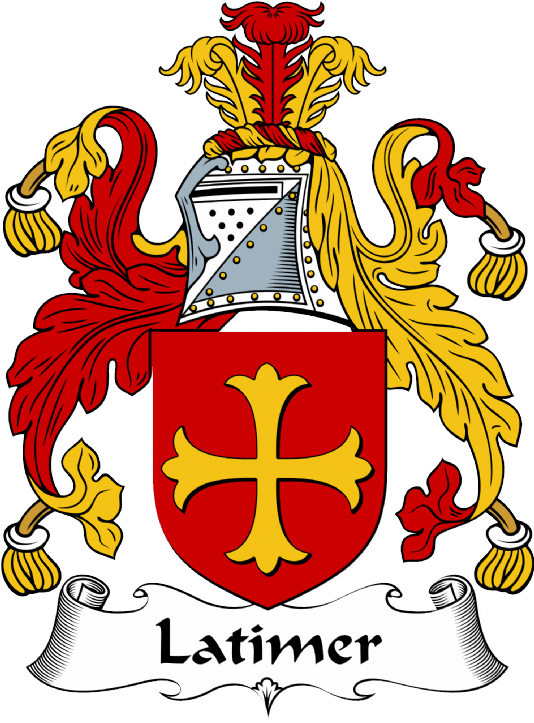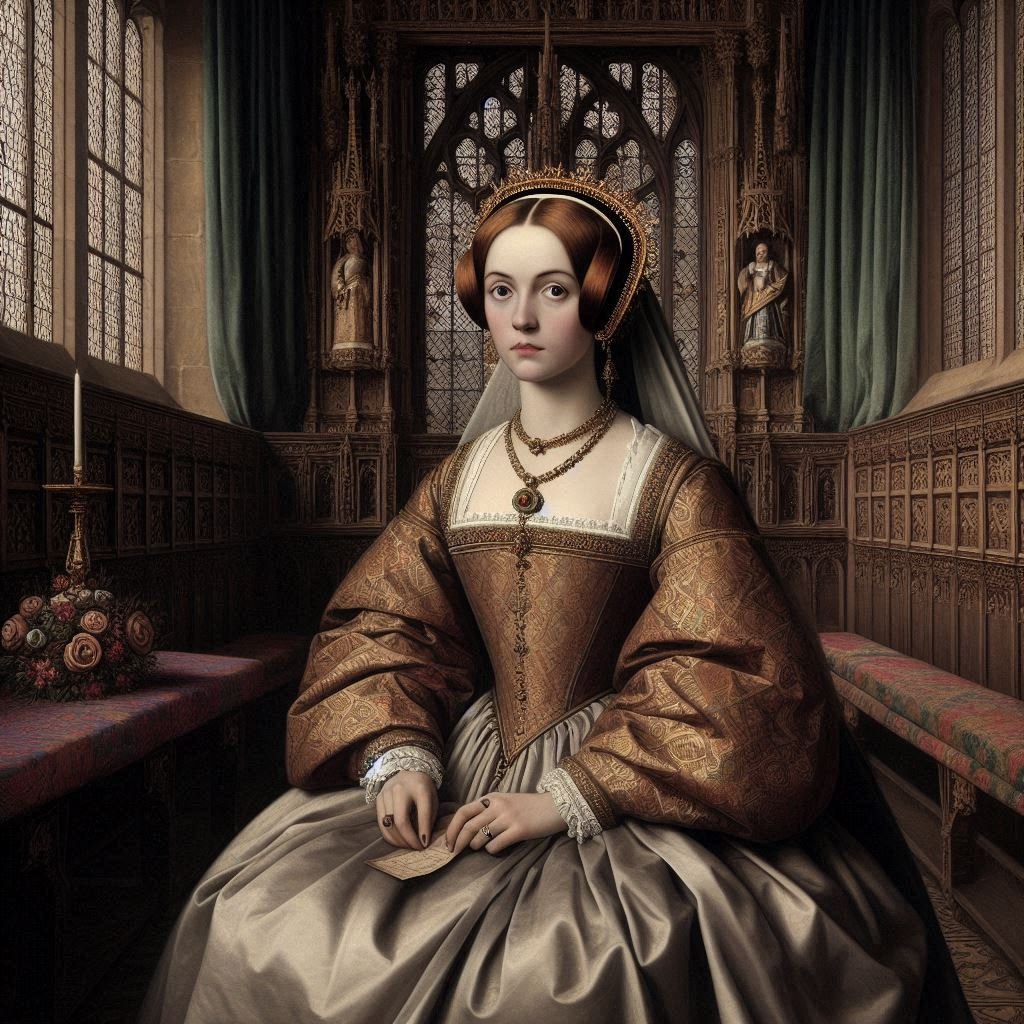Site Details:
 Middleham Castle, with its deep historical roots and architectural grandeur, stands as a remarkable testament to England's medieval past. Built in the 12th century, the castle's massive keep is one of the largest in the country and served as a formidable statement of power and prestige.
Middleham Castle, with its deep historical roots and architectural grandeur, stands as a remarkable testament to England's medieval past. Built in the 12th century, the castle's massive keep is one of the largest in the country and served as a formidable statement of power and prestige. The Nevilles expanded the castle in the 15th century, transforming it into a palatial residence that reflected their status and wealth. The castle's history is intertwined with significant figures such as Richard III, who spent his childhood there, and it played a pivotal role during the tumultuous Wars of the Roses.

The castle's strategic location in Yorkshire made it a key military hub during the conflict. It was the childhood home of Richard, Duke of Gloucester, who later became King Richard III. As a favoured residence of the Duke, Middleham Castle served not only as a fortress but also as a centre of administration and power for the north.
The castle witnessed the shifting allegiances and power struggles that characterized the Wars of the Roses. It was from here that the Duke of Gloucester managed his northern estates and maintained his influence over the region.
The castle's robust construction and formidable defences made it a formidable obstacle to enemies and a safe haven for its inhabitants. Throughout the Wars of the Roses, Middleham Castle remained a place of considerable importance, reflecting the fortunes and falls of its noble residents.
The castle's design, with its great hall, private chambers, and chapel, was not only a statement of luxury but also a functional space that catered to the needs of its noble inhabitants. The strategic marriages and alliances of the Nevilles helped to cement their power, and Middleham Castle was at the heart of this web of influence, serving as a political and social hub in the region.
Over the centuries, the castle has witnessed the rise and fall of its occupants, enduring through periods of conflict and change, and now stands as a cherished historical site that offers a window into the past. Visitors to the castle can explore the ruins and imagine the once-lavish interiors where nobles plotted, feasted, and governed.
Site Gallery
Gallery Empty













